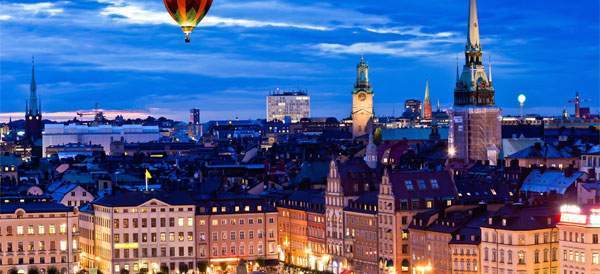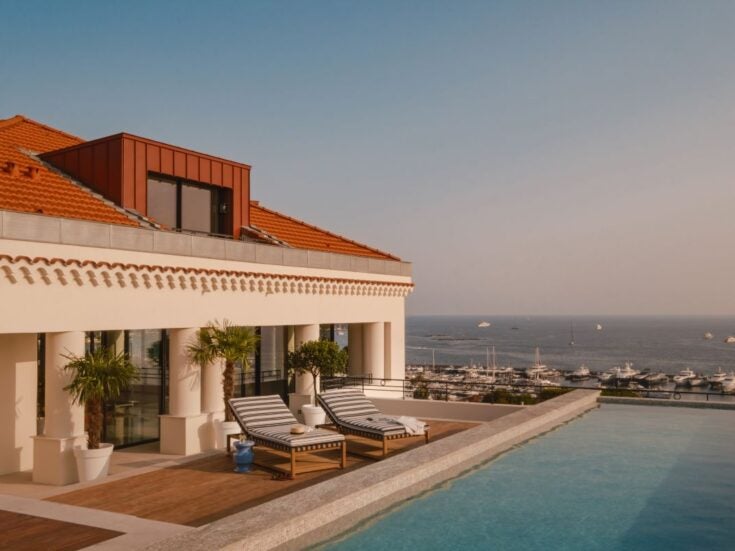
‘It’s a city where you can breathe, both literally and metaphorically,’ says Clive Aslet
The other day I had one of those moments when you suddenly realise that somebody you thought you knew turns out to have an entirely unexpected hinterland that puts him in a new light. Leafing through a Christie’s catalogue of Chinese art, I saw a photograph of the late Francis Golding, whom I had met many times during the 1980s when he was the head of secretariat at English Heritage. I now see that he was a collector of the greatest discrimination, whose home must have been radiant with purple-splashed ewers and blue-and-white dragon bowls — now worth large sums of money. However, collecting has not been the only thing about Francis that I’ve discovered since his death. He was also a cyclist.
Two years ago, he died at the age of 69, having been hit by a coach.
That’s London. We live in a city of almost untold wonders, whose concerts, theatres, opera houses and art galleries are as good as if not better than any others in the world; and yet a place where a distinguished connoisseur of mature years cannot ride a bicycle in safety.
Look now on Stockholm. I visited recently and, reader, it was a revelation of how urban life ought to be lived — so utopian that I had to pinch myself to believe that it was real. It’s a city where you can breathe, both literally and metaphorically. Being built on a series of islands — not so good, perhaps, if the sea level rises — Stockholm’s air is as fresh as, oh I don’t know, Ramsgate’s. And there are bicycles here: the old-fashioned sort, whose riders don’t feel the need of whistles and Lycra. Poor Francis would have been in his element.
For centuries, Stockholmers have been making the place beautiful — not just in the Middle Ages, when the Gamla Stan or Old Island was developed, or in the Enlightenment, when that most benevolent of despots, Gustavus III, was king, but also in that otherwise nadir of civic taste, the 20th century. Swedish architecture has a quality that Walter Gropius and Le Corbusier lacked, indeed probably despised — and that was charm.
The City Hall, started in 1907 and finished in 1923, thinks it’s in Venice. Contrasted to broad areas of beautifully laid brickwork are delicious, often etiolated details, sometimes gilded, and ravishing whimsicalities of sculpture. I wanted to eat it. Of course, the City Hall is one of the great buildings of Europe — but the spirit it embodies isn’t confined to that one masterpiece, instead flitting like some architectural Ariel throughout the city. At some point its touch had transformed our hotel, the Grand, bang on the waterfront so that the windows were full of the light that dances on the sea. Originally constructed in a rather heavy period of the 19th century, it was made over in silver, with elegant ironwork and stylised Classical reliefs.
Swedish Grace — that’s the name now given to Sweden’s take on the last century, and its greatest champion was Gunnar Asplund. He designed the Stockholm Public Library, a drum rising above a rectangle, its drama enhanced by a black-lined tunnel-like entrance evoking the approach to an Egyptian tomb. Out of this you rise into the light — and find, if you look around for a bit, surely the most extraordinary tap made in the last 100 years: it takes the shape of a naked Greek warrior, whose arms, raised to his helmet, form the handle.
Where to stop, when you feel the need to exclaim over every doorcase? There’s the German church, gloriously preserved from the days when its pews were lined with Hanseatic merchants (the carpentry is robust), and the museum that houses the Vasa, a 17th-century ship that, like the Mary Rose, sank immediately after its launch and has since been recovered. What treats are in store for the viewers of the Eurovision Song Contest, which comes to Stockholm in May.
We got in early, booking tickets for a different kind of songfest — at the opera house — before leaving Britain. Like the rest of Stockholm, the opera house drips prettiness, although don’t expect the well-tempered Swedes to emote at the end of Madama Butterfly. This lot didn’t, anyway. Which was a pity, because the young soprano Svetlana Aksenova was sensational in the title role.
But then in every paradise lurks the odd serpent. One of Sweden’s snakes is perhaps that reluctance to manifest passion; when it bursts out of its liberal consensus, wham! (Ask Gustavus III: he was assassinated.) And it’s expensive. Besides, is it fair to compare a city whose municipal population is less than one million to London? The person who would have known is Francis Golding. If only I’d thought to ask.






